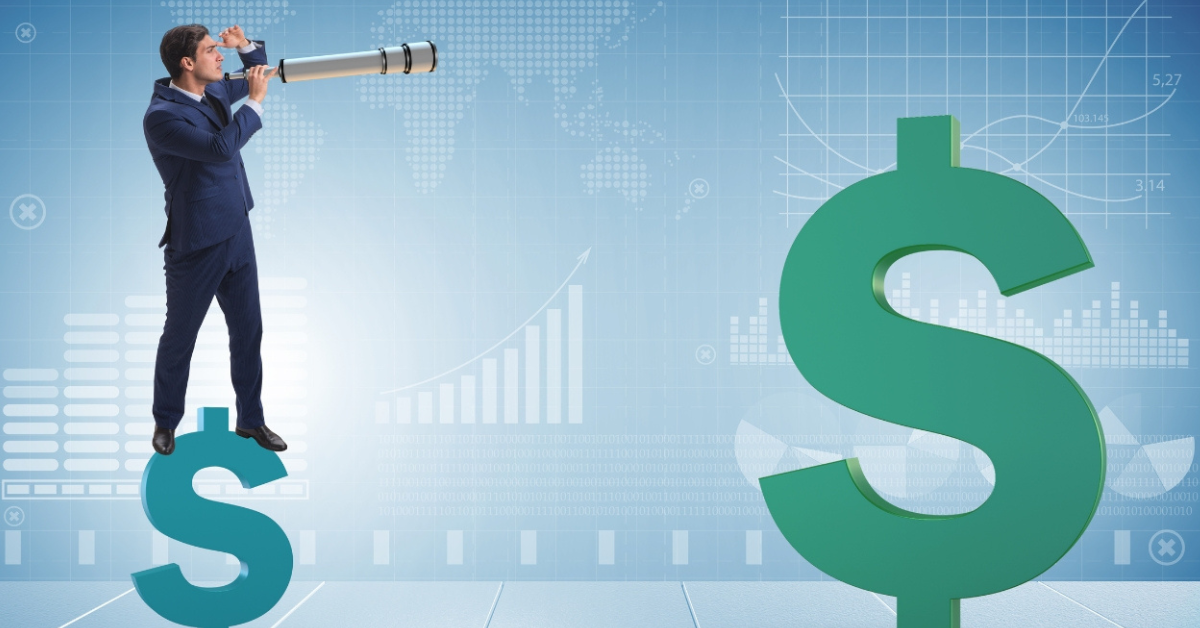Introduction:
This blog delves into the intricate science of predicting exchange rates in international finance, comparing it to weather forecasting, and highlighting the methodologies used and the challenges faced by economists and analysts.
Understanding Exchange Rates:
Exchange rates, the price at which one currency can be exchanged for another, are influenced by a variety of factors, including interest rates, inflation, political stability, and economic performance. These factors are interlinked, contributing to the volatile nature of exchange rates and making their prediction a challenging endeavor.
Traditional Approaches to Forecasting:
Historically, two main theories have been used to predict exchange rates: the Purchasing Power Parity (PPP) and the Interest Rate Parity (IRP).
- Purchasing Power Parity (PPP) suggests that in the long term, exchange rates should equalize the price of a basket of goods in two countries. While PPP provides a baseline for long-term forecasts, short-term predictions are often inaccurate due to market imperfections and trade barriers.
- Interest Rate Parity (IRP), on the other hand, is based on the premise that differences in interest rates between two countries will cause the exchange rate to adjust so that investors receive equivalent returns on investments in different currencies. This theory is more relevant for short- to medium-term forecasts.
The Role of Econometric Models:
Econometric models represent a more sophisticated approach to forecasting exchange rates. These models use historical data to identify patterns and relationships between exchange rates and various economic indicators. By applying statistical techniques, forecasters can predict future movements with a higher degree of accuracy.
However, the effectiveness of econometric models is heavily dependent on the quality and relevance of the data used.
Machine Learning and Artificial Intelligence:
The advent of machine learning and artificial intelligence (AI) has revolutionized the field of exchange rate forecasting. AI algorithms can process vast amounts of data, including news articles, social media feeds, and economic reports, to detect patterns and trends that might impact exchange rates. Machine learning models, such as neural networks, can learn from historical data and improve their predictions over time, offering a dynamic tool for forecasting in an ever-changing market.
Challenges and Limitations:
Despite advancements in forecasting methodologies, predicting exchange rates remains fraught with challenges. The unpredictable nature of geopolitical events, natural disasters, and sudden shifts in monetary policy can swiftly render even the most sophisticated forecasts obsolete. Moreover, the psychological aspects of trading and herd behavior can lead to market movements that defy logical explanations based on economic fundamentals.
The Future of Forecasting:
Advancements in technology, including big data analytics, AI, and machine learning, offer promising futures for exchange rate forecasting. However, global economic unpredictability necessitates constant model refinement.
Conclusion: Forecasting exchange rates is a complex science that has evolved significantly. While no method can guarantee absolute accuracy, combining traditional economic theories, econometric models, and cutting-edge technologies provides powerful tools for navigating the volatile world of foreign exchange markets. As we continue developing and refining these tools, predicting the unpredictable will undoubtedly become more scientific than speculation.
#PredictingExchangeRates #ScienceBehindForexForecasting #AdvancedFinancialAnalytics #GlobalEconomicTrends #MachineLearningInFinance #ArtificialIntelligenceInEconomics #InnovationsInCurrencyTrading #EconomicModelingForExchangeRates #FutureOfFinancialForecasting #NavigatingCurrencyMarketVolatility



